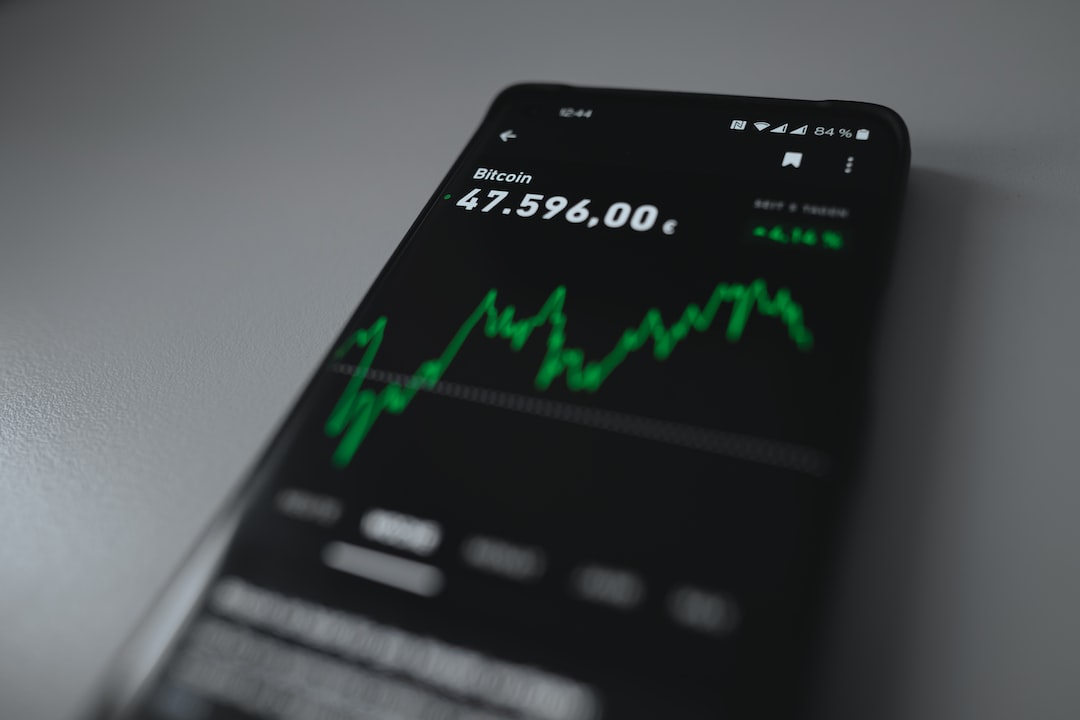In the world of forex trading, correlation is a term that is commonly used to describe the relationship between two currency pairs. Correlation can be positive, negative, or neutral. When two currency pairs move in opposite directions, they are said to have a negative correlation. This means that when one currency pair goes up, the other currency pair goes down. In this article, we will explore what negative correlation means in forex and how it can impact trading.
Negative correlation in forex is a statistical measure that describes the relationship between two currency pairs. It is calculated using a correlation coefficient, which ranges from -1 to +1. A correlation coefficient of -1 indicates a perfect negative correlation, while a coefficient of +1 indicates a perfect positive correlation. A coefficient of 0 indicates no correlation at all.
When two currency pairs have a negative correlation, it means that they move in opposite directions. For example, if the EUR/USD pair goes up, the USD/JPY pair may go down. This is because the euro is the base currency in the EUR/USD pair, while the US dollar is the quote currency. In the USD/JPY pair, the US dollar is the base currency and the Japanese yen is the quote currency. When the US dollar weakens against the euro, it strengthens against the yen, causing the USD/JPY pair to go down.
Negative correlation can have a significant impact on forex trading. It allows traders to diversify their portfolios and hedge their positions. For example, if a trader has a long position in the EUR/USD pair, they can offset the risk by taking a short position in the USD/JPY pair. If the EUR/USD pair goes down, the trader can still make a profit if the USD/JPY pair goes up.
Negative correlation can also be used to identify trading opportunities. When two currency pairs have a negative correlation, traders can use this to their advantage by looking for divergences. For example, if the EUR/USD pair is going up and the USD/JPY pair is going down, a trader may decide to take a long position in the EUR/USD pair and a short position in the USD/JPY pair. This strategy is known as a currency pair hedge.
However, negative correlation can also pose a risk to traders. If a trader is not aware of the correlation between two currency pairs, they may inadvertently take positions that cancel each other out. For example, if a trader goes long on the EUR/USD pair and long on the USD/CHF pair, they may not make any profit because the two pairs have a strong negative correlation. In this scenario, the trader would have been better off taking a long position on the EUR/USD pair and a short position on the USD/JPY pair.
In conclusion, negative correlation in forex is a statistical measure that describes the relationship between two currency pairs. When two currency pairs have a negative correlation, they move in opposite directions. Negative correlation can be used by traders to diversify their portfolios, hedge their positions, and identify trading opportunities. However, it can also pose a risk if traders are not aware of the correlation between two currency pairs. Therefore, it is important for traders to understand the correlation between currency pairs and use this knowledge to their advantage.






